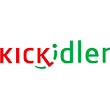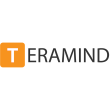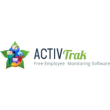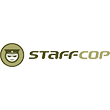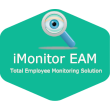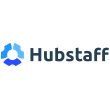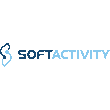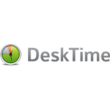StaffCop functions as a strong solution for monitoring employees, providing advantages like increased productivity, protection from internal risks, enforcing policies, and adhering to compliance. It empowers enterprises to monitor computer tasks, identify breaches, and explore occurrences, all while aiding in overseeing remote work. Through adaptable configurations, it supports optimizing resources, honing skills, and analyzing user conduct. Nonetheless, striking a balance between monitoring a nd privacy remains crucial.
Live Employee Desktop Monitoring
Live Employee Desktop Monitoring includes video-quality desktop session recording, view any users’ desktop activity live from your browser, integrated information about alerts & violations.
Like Kickidler’s live screen monitoring feature, you can watch many remote PCs in real-time mode! If a person has two screens, such as a notepad and an external monitor attached, you will see both screens combined into one frame.
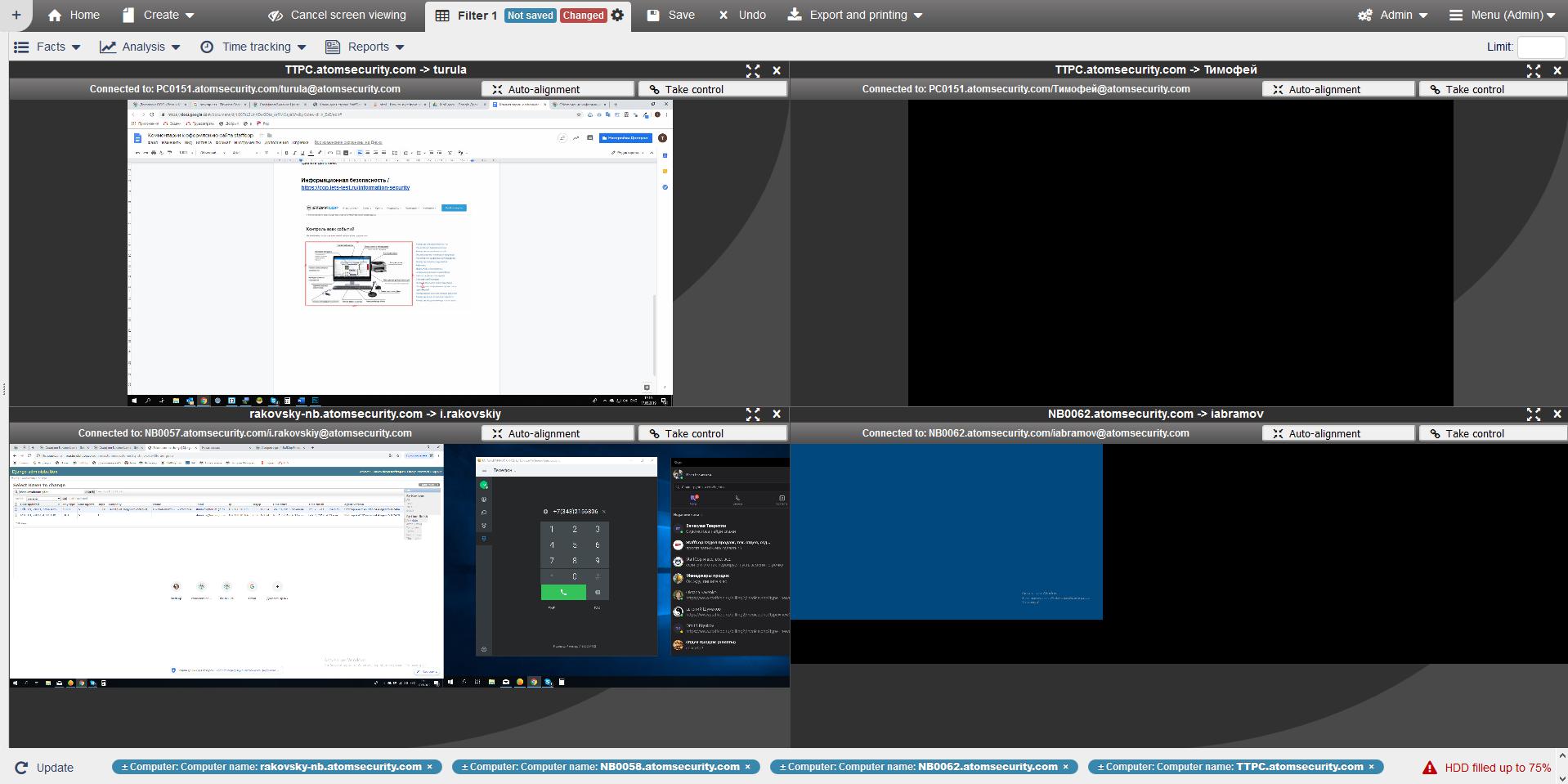
You can either download the videos as MP4 files and watch them in your desktop media player or record them to see in the StaffCop admin panel.
Employee Internet Monitoring
Employee Internet Monitoring includes block or allow access to certain websites, monitor all web activity, including file uploads, allows companies to keep track of employee Internet usage across departments.
Scheduled reports containing detailed information, including visit duration and URLs, of web-sites accessed daily, weekly, or monthly can be sent to your email; for larger enterprises, customized reports can be generated for department heads to monitor their employees' web activities.
In the event that URLs are insufficient (for example, the webpages have been erased), you can obtain a list of screenshots relating to a website's visit to view the precise image of employee activity there.
A blacklist of domains or URLs has been implemented to block access to specific websites like Facebook, Pornhub, and Casino-online, while allowing access to all other websites.
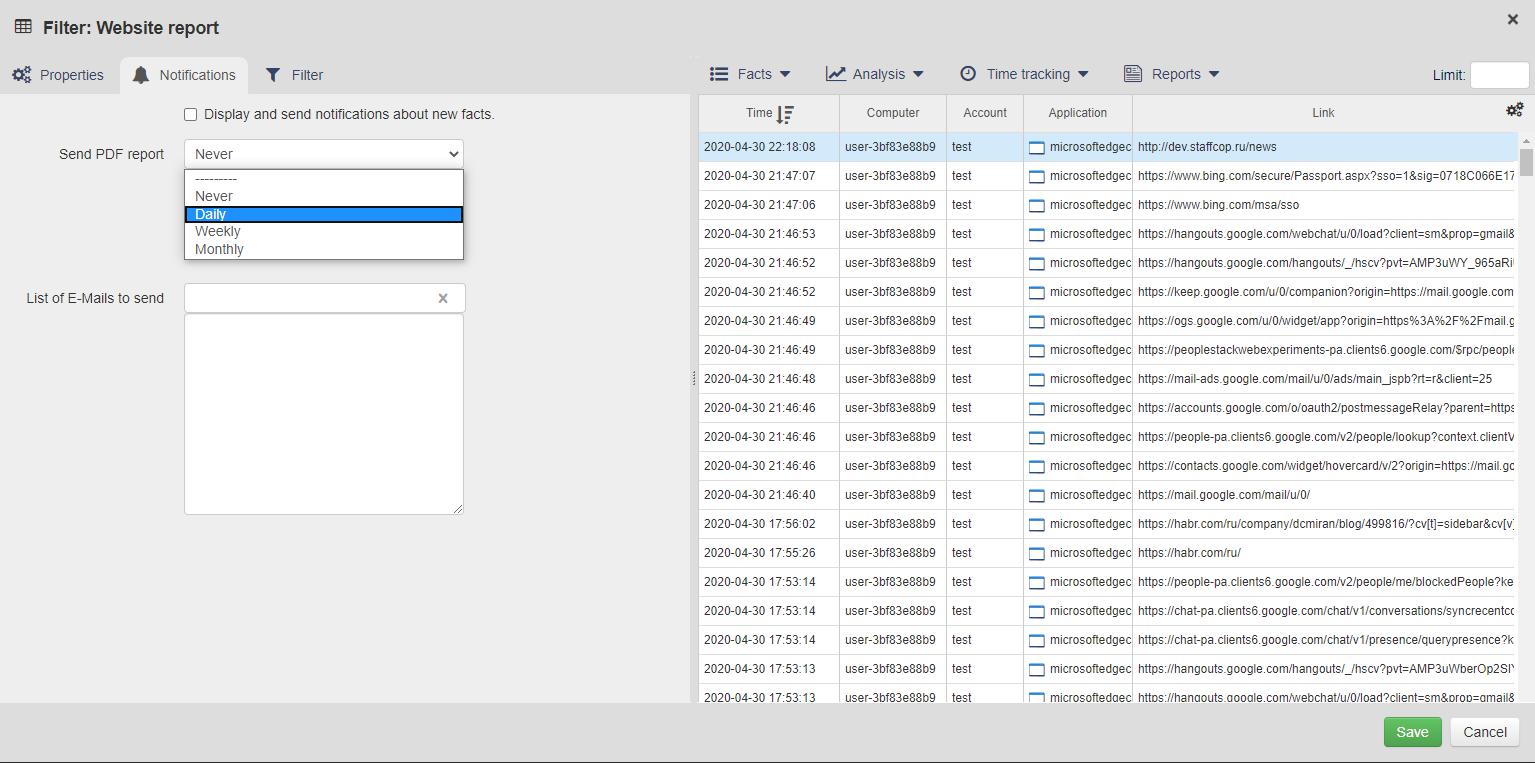
Whitelist domains or URLs for access. For instance: StaffCop.com, Bitrix24, Capterra. Blocks all other sites. Useful for strict corporate policies.
Curious about your employees' web searches? StaffCop reveals work-related queries vs. distractions. A pie chart illustrates search engine usage.
E-mail monitoring
E-mail monitoring includes create rules to alert or block emails, download and view files received by email, track incoming and outgoing employee email.
Create an email relationship graph showing recipients for each user. Clicking reveals email threads. Useful for data leak investigations.
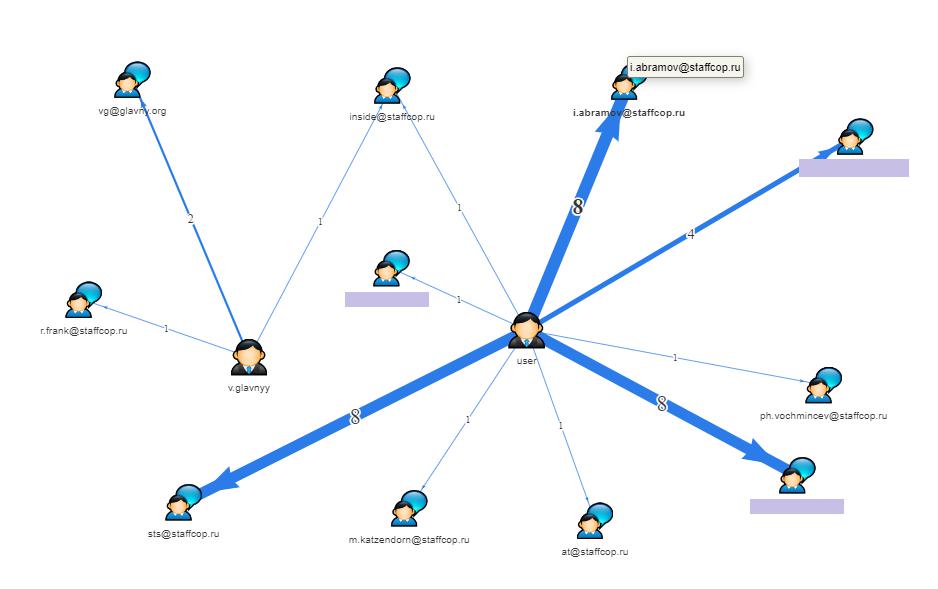
View email attachments, including image previews. Download files for review. Useful for targeted searches and efficient file management.
A graphic depiction of the volume of emails in relation to time is an email quantity heatmap.
Collect all email correspondence via your corporate mail server, including mobile devices, by creating a dedicated account for forwarding.
File Activity Monitoring Software
File Activity Monitoring Software includes alert or prevent any upload to the cloud, monitor files on a local drive or network shares, implement removable storage policy.
With the ability to generate reports based on a specific file operation type carried out in a certain application, StaffCop tracks all file actions.
You can obtain a list of the files transmitted and received by email or instant messaging using StaffCop. You can download files to conduct additional research.
Receive USB file copy reports. Download shadow-copied files for investigation. Option to shadow-copy all files from connected USB drives.
StaffCop provides print monitoring, revealing printed documents, printer details, file previews, and downloadable copies for investigation.
StaffCop features OCR for extracting text from images/PDFs. Options: embedded OCR (Eng, Rus, Kazakh) or ABBYY accounts. Recognizable file types customizable.
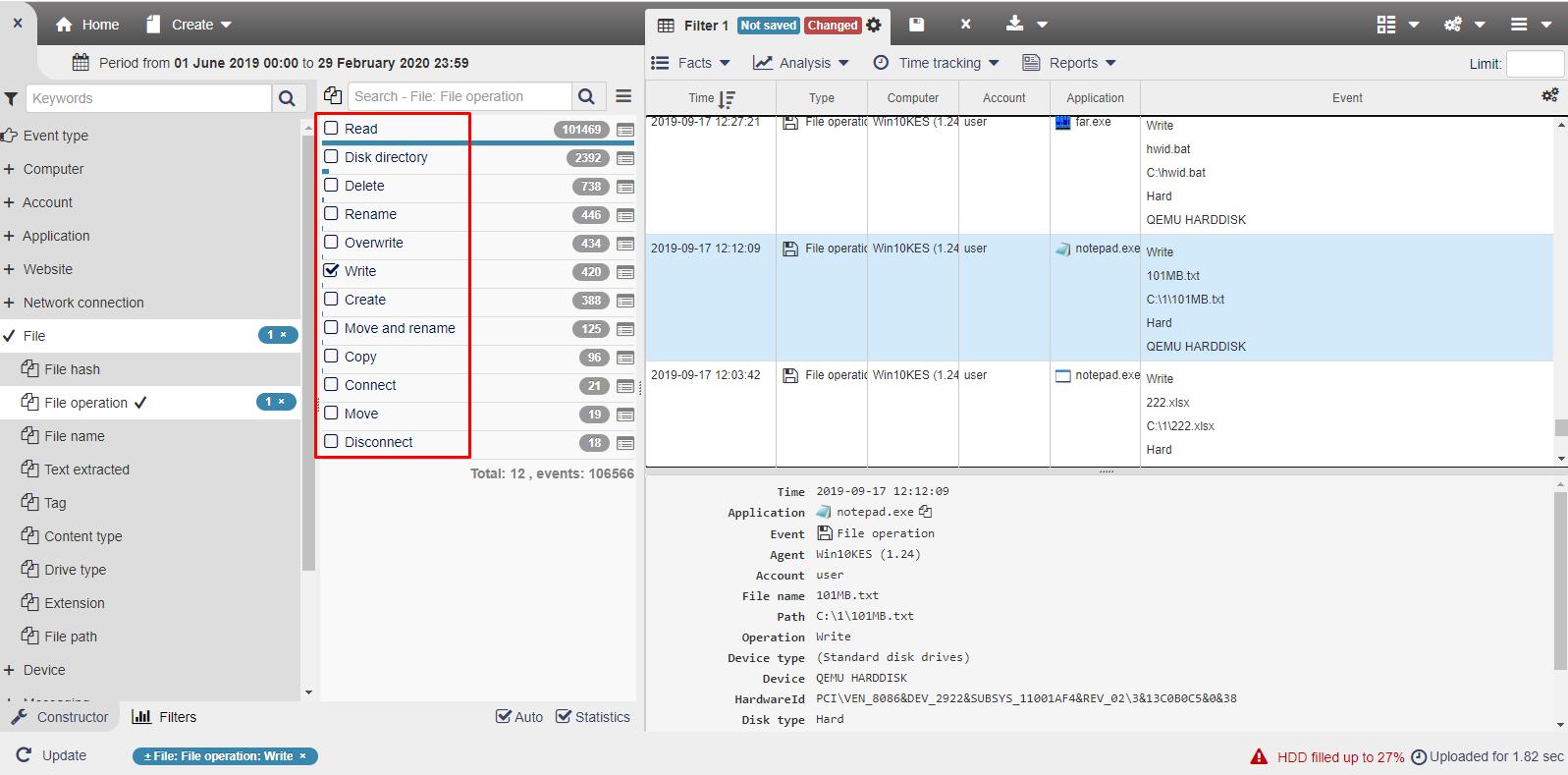
Printed document tracking
Printed document tracking includes displays snapshots of printed documents, restricts access to print, provides statistics on printed documents.
The information comprises the printers' names, a file preview, and a copy of the actual file (if the shadow-copying option was enabled).
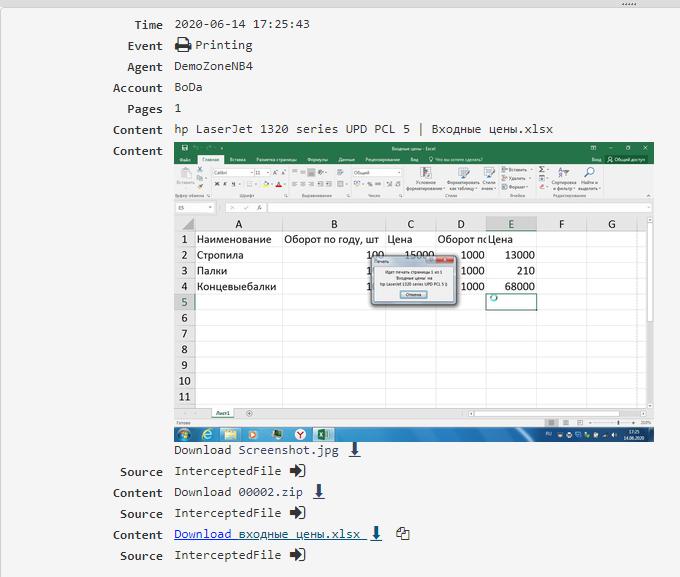
Optimize Workforce Productivity
The pressure on management teams to increase and enhance staff productivity is growing as the business environment gets more competitive.
StaffCop uses data to assess productivity, offering analytics for insights, enterprise oversight, time tracking, and security measures. Optimizes workforce efficiency and safeguards against threats.
Optical Character Recognition (OCR)
Optical Character Recognition (OCR) includes with OCR you can find the exact information you are looking for by searching the database using simple text, keyword, wildcard or RegEx, it allows you to locate text that appears on any sites or apps, including images and see a recording of the user’s desktop at the time they were exposed to sensitive data.
For text extraction from photos and PDFs, StaffCop provides an OCR module with options for embedded OCR (English, Russian, and Kazakh), ABBYY integration, and customisable recognized file formats.
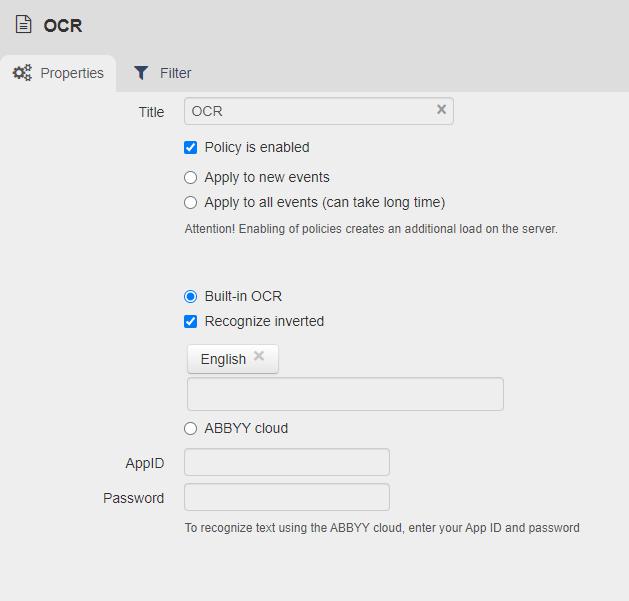
Network activity monitoring
Network activity monitoring includes usage of protocols (https, http), connections to certain IP addresses, FTP connections.
StaffCop has access to information on network connections, including filtering options like IP and ports. For instance, we must be aware of which ports are utilized by which programs and determine whether all of them are permitted by business policy.
We can see which websites were visited using the secure https protocol, and if any of them raise any red flags, we may view all the online browsing information by selecting that item in the pie chart. With StaffCop, you can keep track of FTP connections, including information on the IP address, login and password combination, and the connection software.
You may view the Wi-Fi connection with the SSID (network name) using StaffCop.
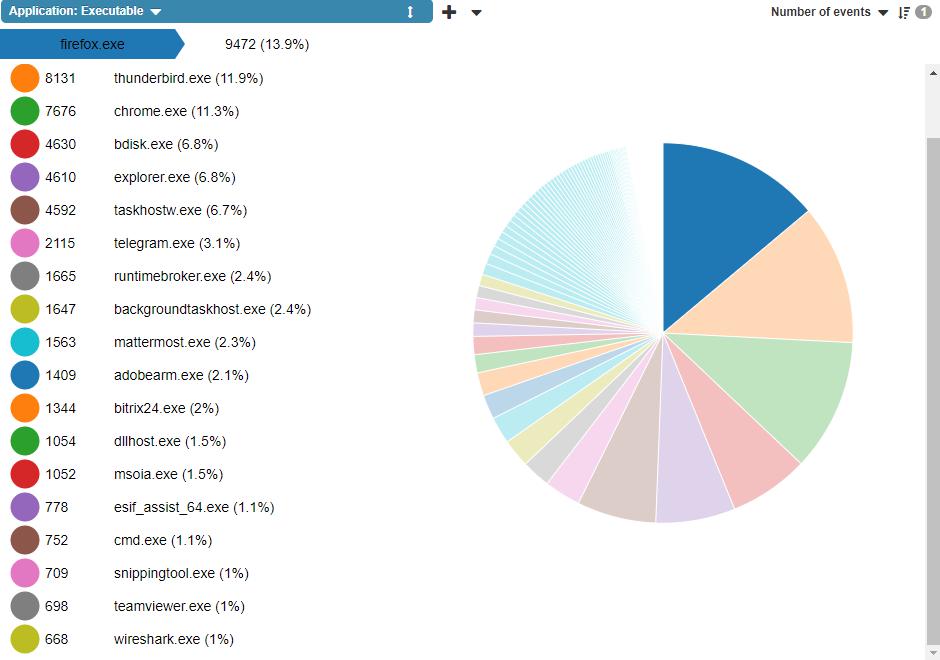
App usage/application monitoring
App usage/application monitoring includes track application usage, whitelist or blacklist apps, automated alerts & policy enforcement.
StaffCop monitors app usage, tracks time spent, and generates productivity reports. It categorizes apps and prevents forbidden ones, enhancing control.
StaffCop keeps track of every action a user does within an application, providing complete information on each event, such as the length and the name of the window involved, so that it is evident what a certain user was up to at any given time.
If further information is needed for an inquiry and knowing the application's window title is insufficient, screenshots can be taken.
The information gathered about application activity is divided by StaffCop into thematic categories, each of which has its own productivity category.
Instant Message Monitoring
Instant Message Monitoring includes monitor chats over web or desktop apps, block chats on any platform, alert on keywords in conversation.
Any chat session may be monitored and responded to with this special software, independent of the platform being used: web or application-based.
You can check the communication to determine whether there was anything unsafe there if you've detected that employees are using any communication channels (like Skype) that are not permitted by corporate security regulations. This method applies to both one-on-one and group chats.
StaffCop not only monitors instant messages but also SIP communications. When staff productivity at call centers is directly correlated to the number of softphone calls made, this capability can be quite helpful.

You can view the accounts (phone numbers, groups, or channels) with which a user communicated when you create a communication graph for a channel (like Telegram).
A pie chart of communication channels illustrates how each channel fits into the overall picture and how each user uses them.
Remote Desktop Control
Remote Desktop Control includes allows administrators to take control of any session at any time, take control over remote mouse and keyboard, block remote workstation.
You can take control of the remote workstation's mouse and keyboard when you are viewing a remote desktop in real time.
Active vs. Idle Time Analysis
Active vs. Idle Time Analysis includes request reasons for absence from employees, identify laggards in your organization.
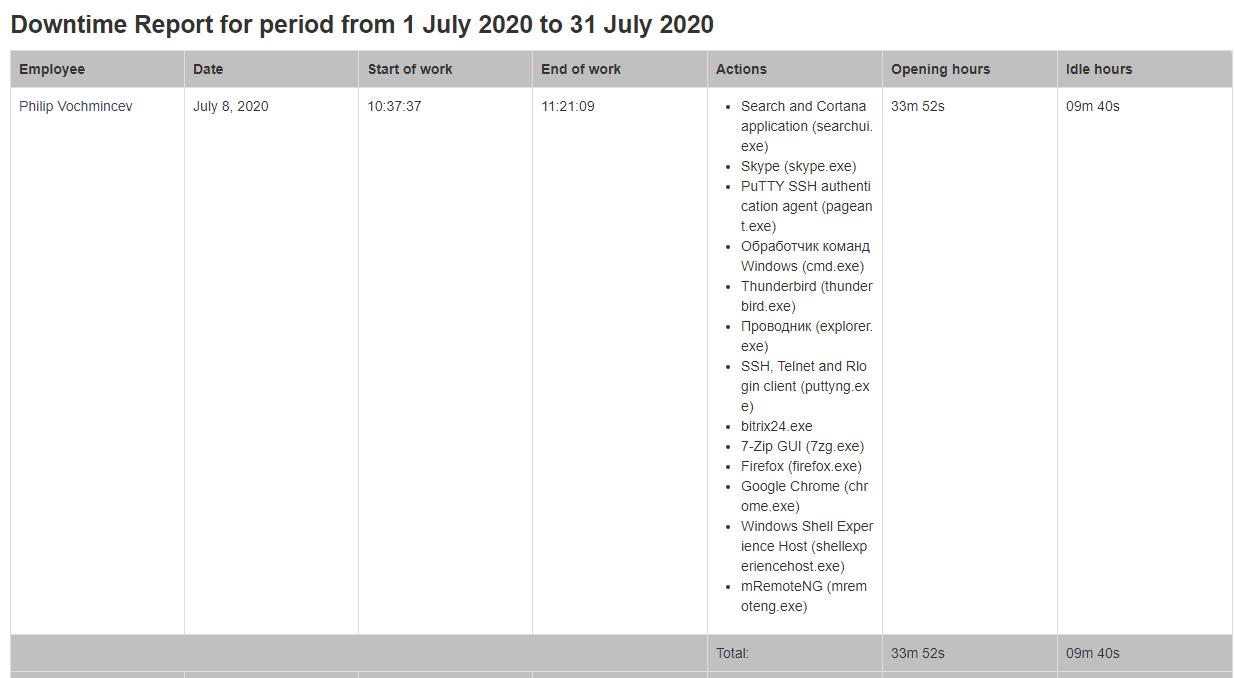
Nonproductive Activity Reporting
Nonproductive Activity Reporting includes this feature allows you to customize the productivity settings, track time employees spend on work activities, it creates easy-to-read comparison reports.
Custom reports
Custom reports includes dashboards, data visualization, complex logic.
The distinctive feature of StaffCop made possible by the use of the OLAP-cube data model is the capacity to produce fully customized reports.
Utilizing Constructor and the data that has already been gathered is the simplest way to create filters; in this case, you can simply "Save" the applied filtration criteria as a filter.
Any report that you prepared by following the preceding steps can be used with one of the 12 unique data view modes that StaffCop offers.
You can set up e-mail scheduled reports after defining the filtration criteria and selecting the best data view mode.
Dashboards are a collection of filters integrated for a more convenient depiction of data pertaining to a specific object or task.

Session Recording & Metadata
Session Recording & Metadata includes records and indexes all user activity, search through user activity data, visual screen recording & playback.
StaffCop not only records desktops as a video stream but also logs and indexes keystrokes, emails, websites viewed, file activity, and more.
User card
User card includes web-sites visited by the user, applications in which the user works, duration of calls in softphones and Skype.
A pie-chart of all the websites visited by the user is displayed on their user card, along with the percentage and total time spent on each website. We can view a list of visits with specific information, such as time, duration, and URL, by clicking the name of the website.
A pie-chart of all the applications a user used, together with the percentage of time spent on each, is included in the user card. We can view a list of visits with specific information, such as time, length, and URL, by clicking on the program.

Information on machines where the user used his account to log in, email addresses, and used Skype accounts are all listed on the user card.
Screen capture
Screen capture includes take screnshots at a specified interval, take screenshot at changing active window or web page, special monitoring: take screenshots when a specific application (web-site) is running, see all screenshots taken by users with "PrtSc" button.
At predetermined intervals or simply switching the active window (web page), StaffCop can snap screenshots. If the second option is turned on, a screenshot is taken each time a user navigates between different web pages or applications, such as switching from MS Word to Thunderbird or one Firefox tab to another.

A list of screenshots captured by a user on a workstation can be obtained using StaffCop.
Web-cam snapshots
Web-cam snapshots includes see who logged in the system, face recognition with neural network, see if the right person worked in sensitive app.
Webcam image comparison identifies system entry. Useful in investigations when suspects deny logging in during incidents. Regular photos track employee presence.
USB device control
USB device control includes get information on external devices that were connected or disconnected, get information of files copied from/to USB drives, block USB devices by IDs or classes, read-only mode for USB devices, block CD-drives.
StaffCop simplifies tracking external drives: lists connected/disconnected drives with details like name, ID, workstation, and user. IDs aid whitelist/blacklist creation.
Receive USB file transfer reports. Download shadow-copied files for investigation. Option to shadow-copy all connected USB drive files if enabled.
StaffCop blocks USB devices via customizable lists: 'Block' for specific ones, 'Allow' for chosen ones; applies to device classes too.
You can allow use of USB devices in the Read-only mode in addition to completely prohibiting them. Users will be able to browse files on USB drives in this scenario, but they won't be able to make any changes or add any data.

All CD-drive usage can be blocked by StaffCop.
DLP features
DLP features includes block USB and CD drives, block applications, block web-sites, block connection to Wi-Fi networks, block PC.
StaffCop offers USB device control: blacklist for blocking specific devices, whitelist for access control. Similarly, classes can be managed, e.g., printers allowed.
USB devices can be fully blocked or set to Read-only mode, allowing file access without modifications or writing capability.
StaffCop monitors and blocks applications. It restricts forbidden ones (e.g., torrents) and permits allowed ones (e.g., Word, Excel).
StaffCop displays Wi-Fi connections by SSID. Networks can be blocked using lists, valuable for secure corporate network usage control.
You can block PCs that have an agent installed using StaffCop. It implies that the user logs out and is unable to get back in since the system automatically blocks this. Any unfinished data could be lost.
Keystroke Monitoring
Keystroke Monitoring includes full keystroke and copy/paste logging, alert on malicious keystrokes, search indexed keystroke data.
Voice communication recording
Voice communication recording includes sound from embedded and connected microphones, sound from speakers, voice communications in applications (Skype, SIP, Zoom, etc.).
Select apps for recorded sound study. For instance, analyze Skype voice chats. Listen or download recordings in admin panel.
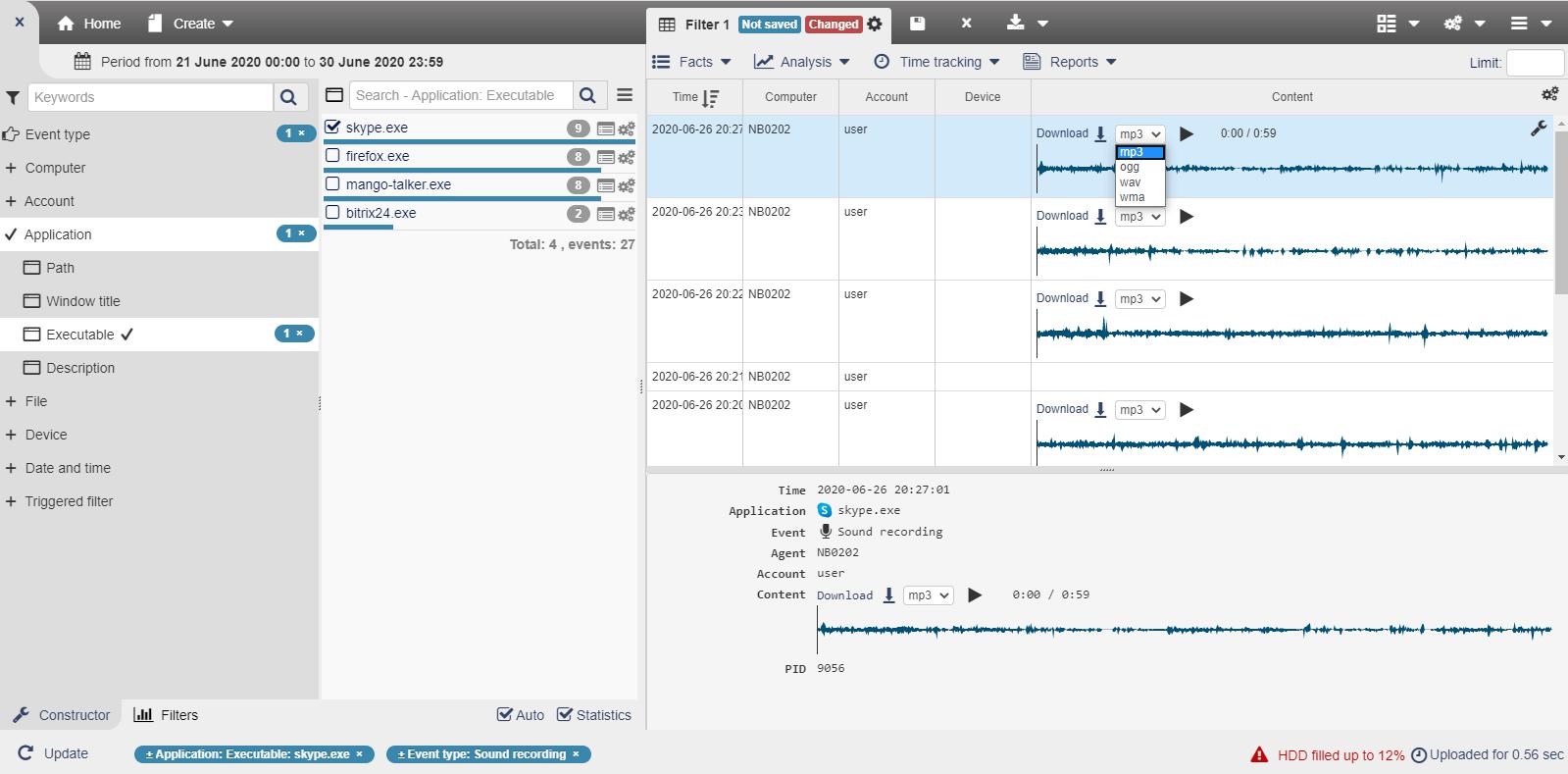
Scan file system on workstations
Scan file system on workstations includes microsoft Office documents, open Office documents, portable Document Format (PDF), XML Paper Specification files (XPS).
Module usage may affect workstation performance. Run file scans during breaks or after hours. Settings enable immediate or scheduled scans.
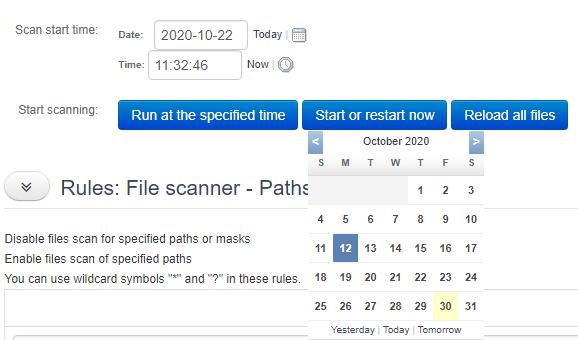
StaffCop scans all files by default. Customize scanning with black/white lists. "Disallow" excludes sensitive folders, "Allow" limits scanning to specified directories.
Software and Hardware Inventory
Software and Hardware Inventory includes applications installed or uninstalled on each workstation, updates of applications installed on each workstation, how many PCs have this software installed, devices installed or uninstalled on each workstation, alerts can be sent in case of installation or uninstallation.
In a single report, you can examine which programs have been installed or removed on each workstation. It will provide information about the seller, the version, and the most recent date the availability was checked.
Each workstation's installed programs' updates are seen in a single report. It will provide information about the seller, the version, and the most recent date the availability was checked.
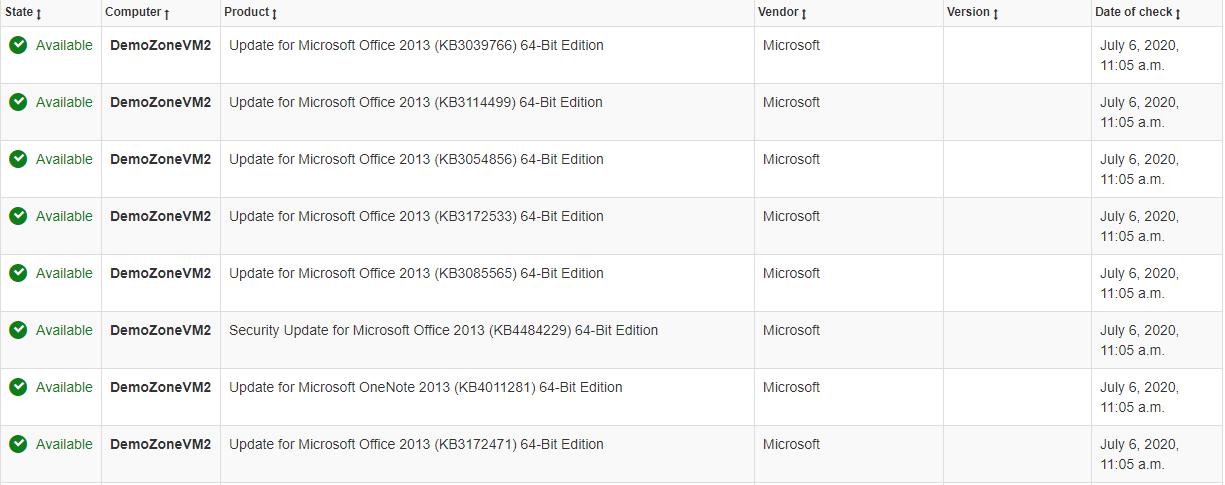
View application-installed computers. List includes app names and PC count. Click names to expand details for each application.
Pricing: Staffcop provides monthly license for $7 per computer and for perpetual license $98 per license.
